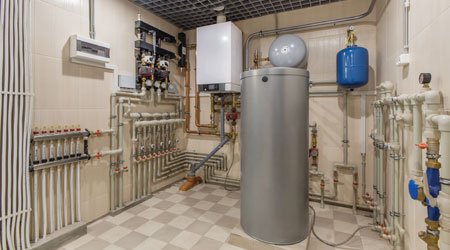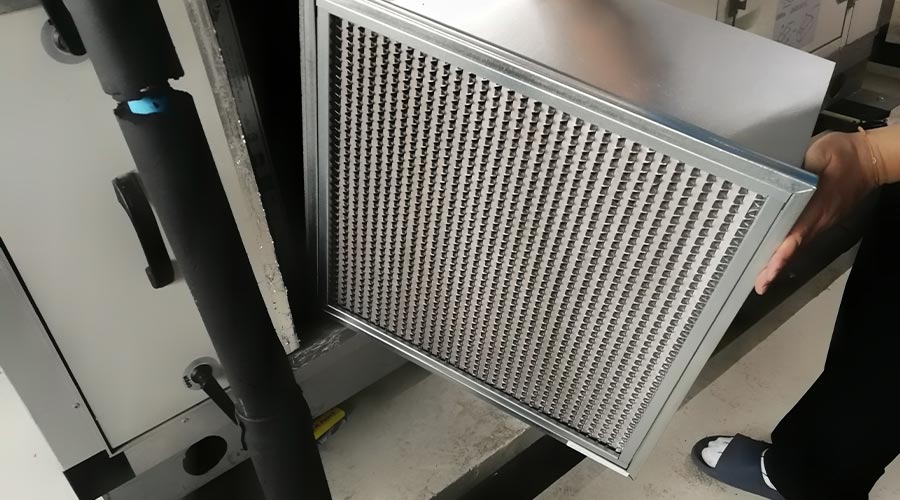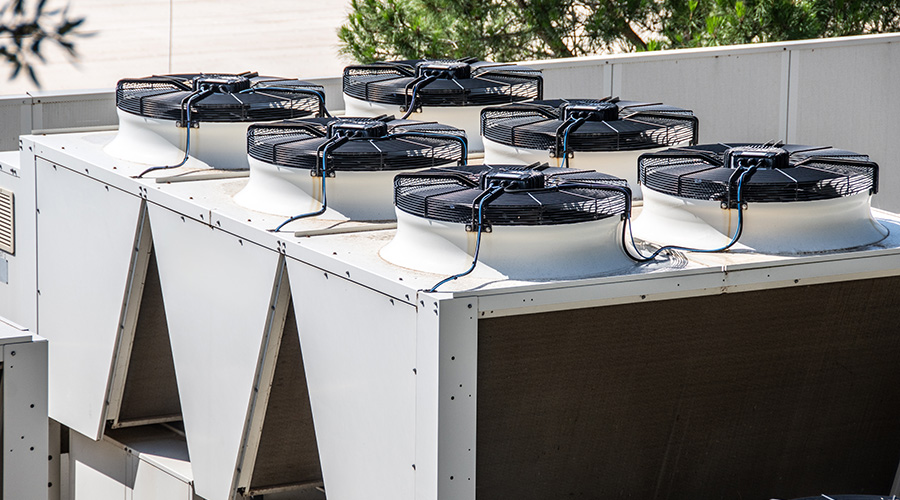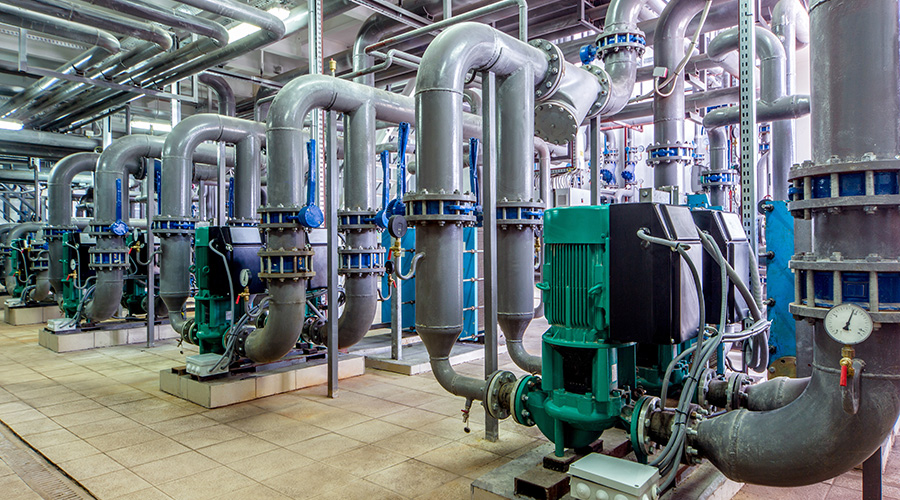Pandemic Creates Challenges for Boilers, Water Heaters
Developing a master plan for upgrades and replacements can help create safer, healthier workspaces.
The COVID-19 pandemic has highlighted the importance of building infrastructure and its ability to help people stay healthy during the pandemic. Soon after COVID-19 erupted, maintenance and engineering managers started hearing questions from occupants and the general public about their HVAC systems they likely had never heard before:
•How can we bring in more outside air?
•What are the humidity levels within our spaces?
•What level of air filtration do we need?
•We ran out of hot water. When will more be available?
Sanitizing and enhanced cleaning regimens became an immediate, significant additional effort for facilities to stay in operation, but managers quickly realized they would need to move beyond these efforts and review their existing boiler and domestic hot water heating systems for possible improvements.
When looking to upgrade a boiler plant or a domestic hot water system, managers need to consider numerous parameters. Increasing the capacity and reliability of domestic hot water systems is more straightforward than a boiler plant because the plumbing fixtures and piping system typically do not need to be evaluated or replaced.
But calculating the additional quantity of domestic hot water required for future COVID-19 mitigations is more complex. A clear goal and detailed collaboration between a manager and a consulting engineer can ensure a project to properly replace major pieces of equipment serving a facility.
Upgrading existing boilers
To minimize coronavirus concentrations indoors, ASHRAE and the CDC advise managers to increase outside air ventilation and reduce recirculated air. If switching air handling units (AHU) from recirculating to increased ventilation up to 100 percent outside air with a touch of a button was available, most managers would make the conversion and move on to additional changes designed to protect staff and occupants.
Unfortunately, most existing mechanical systems cannot convert to a high percentage of outside air. Increasing the quantity of outside air ventilation at AHUs has a direct impact on the heating coils and subsequently on the overall capacity of the boiler plant and distribution systems.
Our Canadian colleagues are required to design hospital HVAC systems to be operationally flexible to accommodate catastrophic event management, per CSA Z317.2-2019. The key aspect is operational flexibility, which allows facilities to operate at minimum outside air during normal times to save on operational costs while being able to switch to 100 percent outside as needed.
As managers evaluate existing building systems, they need to focus on the holistic heating system. Replacing existing boilers with new, larger-capacity boilers does not result in the ability to increase ventilation at the AHUs.
They need to comprehensively evaluate existing heating systems needs with the goal of creating a master plan, which provides the step-by-step strategy to ensure the existing systems are effectively upgraded. Evaluating the existing heating system typically focuses on: existing AHU coil capacity; existing pipe size; and boiler size.
Related Topics:














